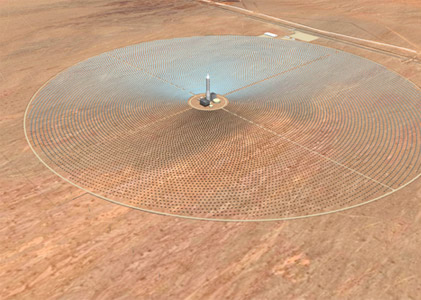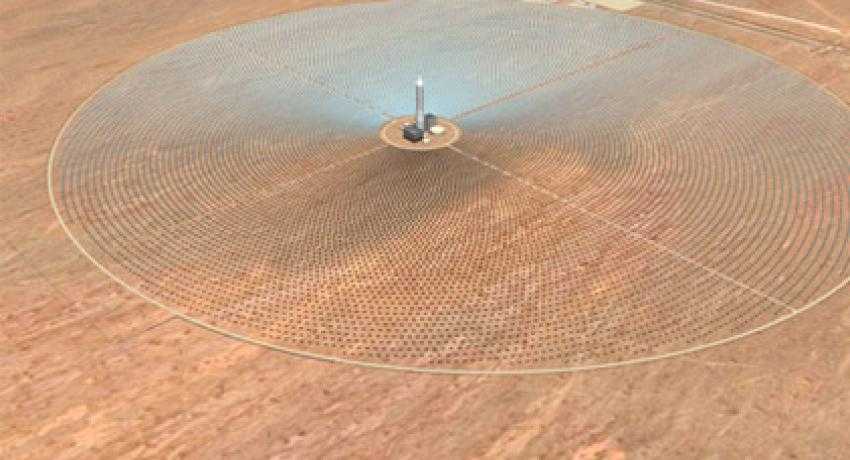Three new solar projects approved in Nevada and Arizona
 Secretary of the Interior Sally Jewell announced Monday the approval of three major renewable energy projects in Nevada and Arizona that will eventual provide up to 520 megawatts- enough to power about 200,000 homes- to the electricity grid.
Secretary of the Interior Sally Jewell announced Monday the approval of three major renewable energy projects in Nevada and Arizona that will eventual provide up to 520 megawatts- enough to power about 200,000 homes- to the electricity grid.
The 350-megawatta Midland Solar Energy Project and the 70-megawatt New York Canyon Geothermal Project are located in Nevada and the 100-megawatt Quartzsite Solar Energy Project, is located in Arizona.
The Quartzsite Solar project in La Paz County, Ariz., was proposed by Quartzsite Solar Energy, LLC. It will use concentrating solar “power tower” technology to drive steam turbine generators with heliostats on 1,600 acres of BLM land. When operational it will generate power for about 30,000 homes.
The Midland Solar Project was proposed by Boulder Solar Power, LLC and will be built on private lands southwest from Boulder City, Nevada and will cross 76 acres of federal transmission corridor. The project will provide enough power for about 105,000 homes.
The New York Canyon Geothermal Project and electrical transmission facility will be built on 15,135 acres of BLM land east of Lovelock, Nevada. TGP Dixie Development Company, LLC, a subsidiary of TerraGen Power, LLC, will build a 70-megawatt project and associated 230-kilovolt electrical line. The project, when finished, could provide power to about 60,000 homes.
The projects are expected to support more than 900 jobs through construction and operations, a press release said.
“The significance of (the announcement) is that these types of projects are going to just keep coming,” said David Quick, public affairs specialist with the Bureau of Land Management.
The New York Canyon project is expected to be completed in 2014 and the Midland and Quartzsite projects are expected to be up and running in 2015. The BLM has about 15 active projects expected to be finished by 2015.
In October 2012 the BLM identified solar energy zones, prime acres for development that have the least possible amount of conflicts with other land use.
“It’s just momentum,” Quick said. “There’s a strong commitment to trying to make possible, utility-scale renewable energy and what we can do about is to try to make it possible on public lands.”
Since 2009, the Interior approved 25 utility-scale solar facilities, nine wind farms and 11 geothermal plants with associated transmission corridors and infrastructure to connect established power grids, a press release from the interior said.
Quick said more projects are expected in the future.




